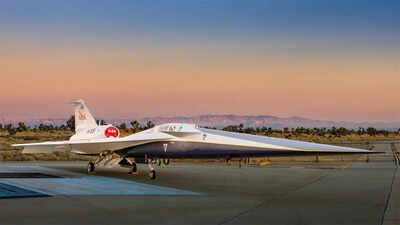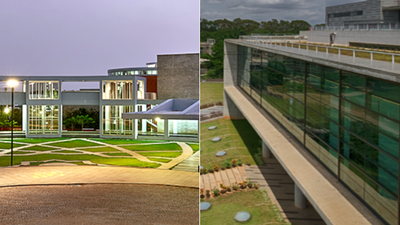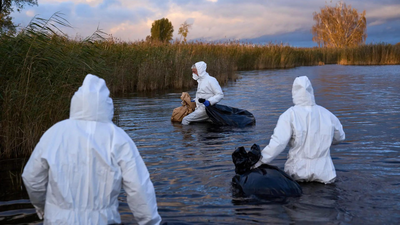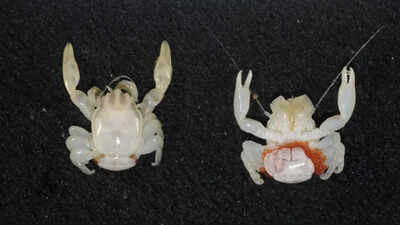‘Seeds of life’ discovered in deep space ice far beyond our galaxy |
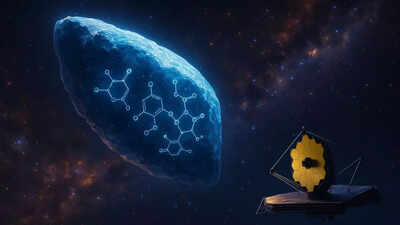
Life has flourished on Earth for billions of years, from primitive organic chemistry in ancient oceans to towering dinosaurs, and finally to humans who wonder if we are alone. Our curiosity is endless. From the provocative Fermi Paradox, which questions why we have not yet seen extraterrestrial civilisations, to NASA’s determined missions scanning our cosmic neighbourhood, the search for life has persisted. Many discoveries over decades have raised hopes, but none have offered confirmation. Still, the quest presses forward.In another breakthrough pushing humanity closer to answers, NASA’s James Webb Space Telescope has now detected seeds of life. These are complex organic molecules frozen in deep space ice around a young star far beyond the Milky Way. For the first time, the chemical ingredients thought to precede biology have been spotted outside our galaxy, offering exciting evidence that life’s chemistry may be universal.
A new cosmic clue from James Webb
Using sophisticated infrared instruments, Webb studied a developing star in the Large Magellanic Cloud, a small galaxy 160,000 light years away. There, in the icy dust surrounding this protostar, researchers identified a suite of complex carbon based molecules including methanol and acetic acid, similar to those believed to have helped trigger the earliest biological reactions on Earth.This is the first confirmed detection of such molecules in ice outside the Milky Way, showing that life’s chemistry can spark even in harsh environments with few heavy elements.
What this discovery means for the search for life
These molecules are scientifically important because:
- They support
prebiotic chemistry , the step before life arises - Their presence outside our galaxy implies life’s chemical building blocks form everywhere
- They indicate that the early universe may have been chemically richer than we once assumed
This discovery strengthens the idea that life might naturally emerge wherever conditions align.
Humanity’s long search for life in the cosmos
We have spent decades chasing biological evidence far from home. Important milestones include:Martian meteorite ALH84001 NASA researcher David McKay suggested in 1996 that it held possible fossilised microbes Later studies found the evidence suggestive but not conclusiveThousands of exoplanets detected in habitable zones Showing that Earth like worlds are common in the galaxySETI’s radio scanning for alien signals Still with no confirmed communicationOrganic molecules found on moons such as Europa and Enceladus These ocean worlds could support microbial ecosystems todayTogether, these findings suggest life could exist elsewhere, even if we have not yet found it.
Historical claims of alien encounters
Outside the scientific community, belief in alien life has long been shaped by striking claims:Roswell 1947 A mysterious crash in New Mexico became the foundation of enduring UFO theoriesProject Blue Book 1952 to 1969 The United States Air Force investigated 12,618 UFO reports 701 cases remained officially classified as unidentifiedModern UAP disclosures Military pilots and officials report objects with flight characteristics far beyond current technologyThese cases remain unverified yet keep public fascination and speculation alive.James Webb’s findings suggest that life’s chemistry is not confined to Earth or even to our own galaxy. Scientists will now examine other star-forming regions near and far to determine whether this discovery is common or rare.
Discover more from stock updates now
Subscribe to get the latest posts sent to your email.








